Top 14 Historic Landmarks to Visit in Europe
Europe is home to some of the most iconic historic landmarks in the world. From ancient ruins to grand palaces, these sites offer a glimpse into the rich cultural and architectural heritage that has shaped the continent. Whether you’re exploring the grandeur of castles or walking through ancient cities, each landmark tells a unique story. Discover the best places to visit in Europe and experience history come to life.
This post may contain affiliate links, which helps keep this content free. Please read our disclosure for more info.
Eiffel Tower – Paris, France
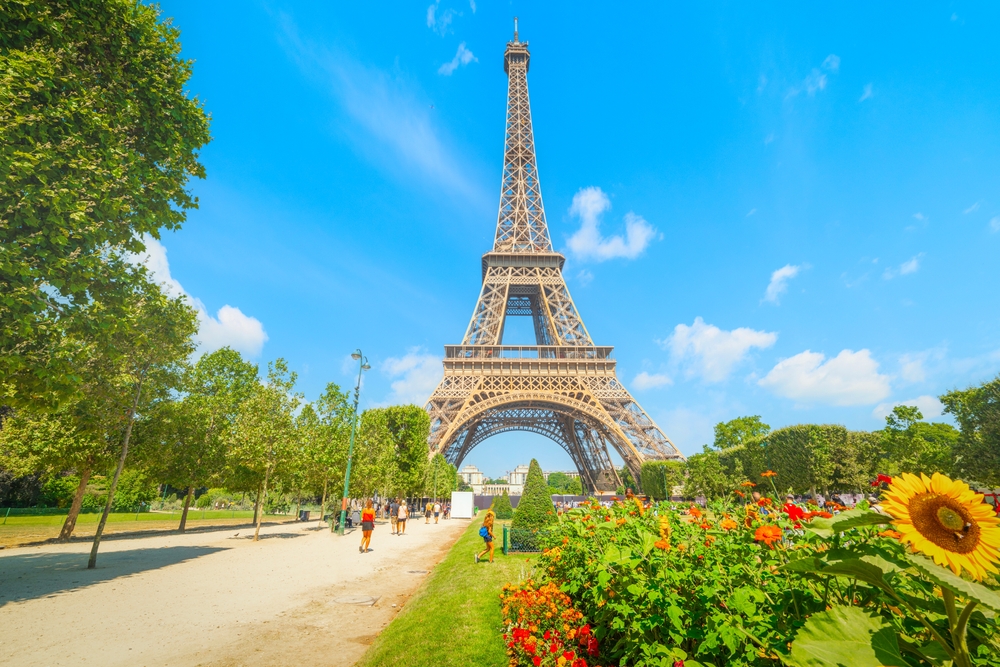
The Eiffel Tower stands as a symbol of France and an iconic testament to 19th-century engineering. Completed in 1889 as part of the Exposition Universelle, it was initially intended as a temporary structure but has since become one of the world’s most recognized landmarks. Visitors flock to this towering iron lattice structure not only for its architectural marvel but also for the breathtaking views of Paris from the top. As you ascend, you are treated to panoramic vistas that stretch across the city, showcasing Parisian landmarks such as the Louvre and Notre-Dame.
The Eiffel Tower is not just a tourist attraction; it holds historical significance as an example of the industrial age’s innovative spirit. It represents the leap in construction techniques of the time, blending practicality with beauty. Over the years, it has become a symbol of Paris and French culture, celebrated in literature, art, and film. It remains a must-see for anyone visiting Europe, offering a unique combination of history, art, and breathtaking views.
Colosseum – Rome, Italy
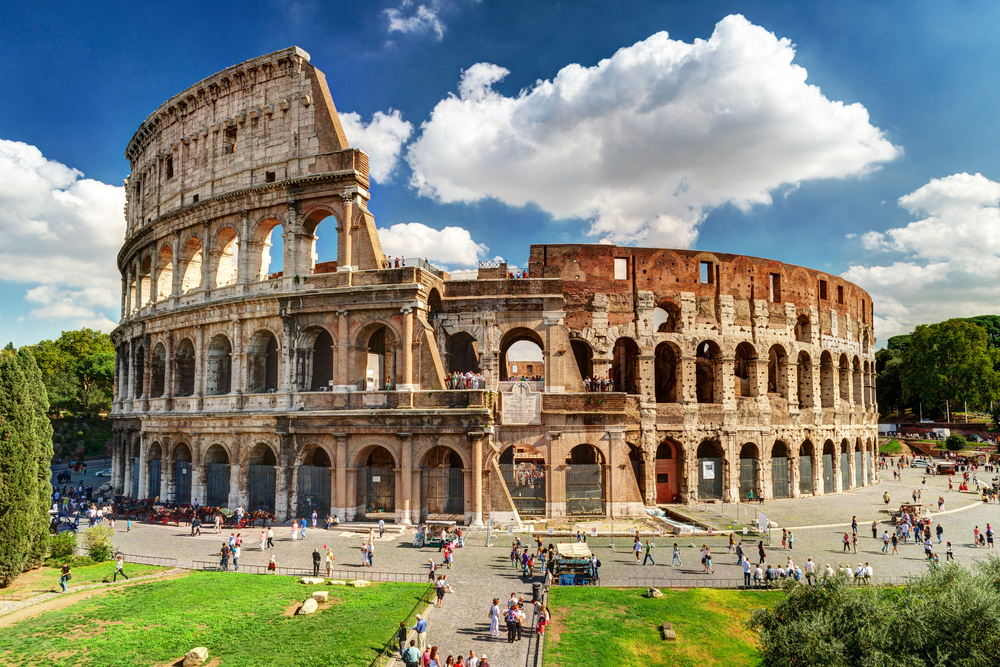
The Colosseum is one of the most powerful symbols of ancient Rome. This amphitheater, built around 70 AD, was once the venue for gladiatorial contests, public spectacles, and mock naval battles. It stands as a testament to Roman engineering and architecture, capable of holding up to 50,000 spectators. Today, visitors can explore the ruins of this vast structure, marveling at its complex system of arches, corridors, and underground chambers that once housed gladiators and wild animals.
Beyond its architectural grandeur, the Colosseum holds deep cultural and historical importance. It offers a glimpse into the lives of ancient Romans and their love for public entertainment. Walking through its ancient stone passages, you can almost hear the roar of the crowds that once filled the arena. This site, along with its proximity to other ancient Roman landmarks like the Roman Forum and Palatine Hill, provides an immersive experience in the heart of Roman history.
Stonehenge – Wiltshire, England
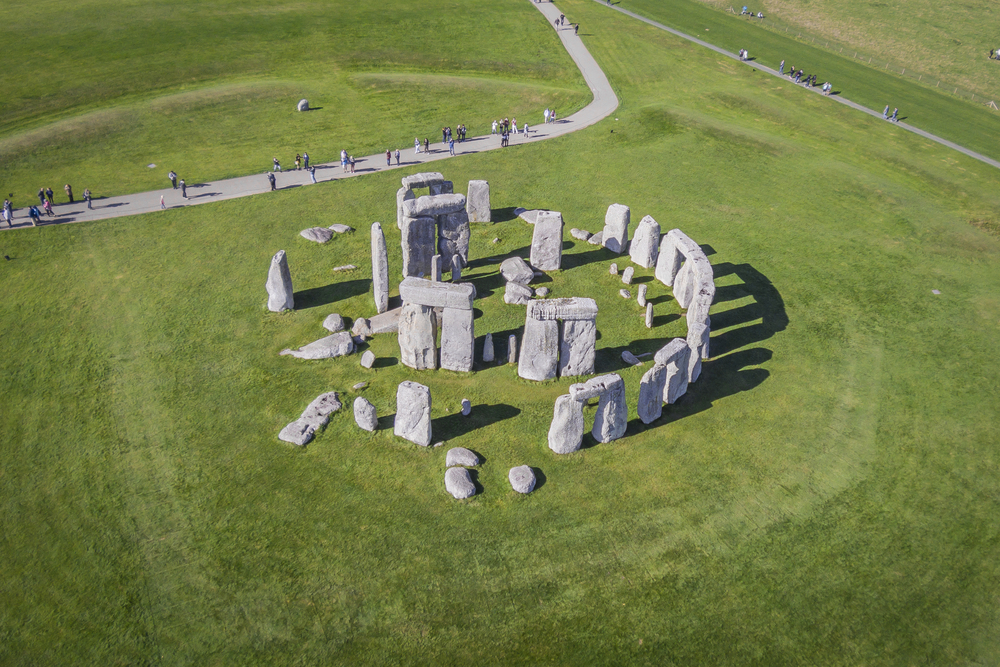
Stonehenge is one of the most famous prehistoric monuments in the world, shrouded in mystery. Located in the English countryside, this ancient stone circle dates back to between 3000 and 2000 BC. While its purpose remains unclear, theories suggest it was used for religious rituals, astronomy, or as a burial site. The standing stones are arranged in a precise formation that aligns with the solstices, making it an extraordinary example of early human understanding of the cosmos.
Visiting Stonehenge allows you to step back in time and contemplate its significance. The site is not only an architectural marvel but also an enduring symbol of prehistoric Britain. The surrounding landscape, dotted with burial mounds and ancient pathways, enhances the experience, giving visitors a sense of the broader historical context in which these stones were erected. It is a must-visit for anyone interested in ancient history and mystery.
Acropolis of Athens – Athens, Greece
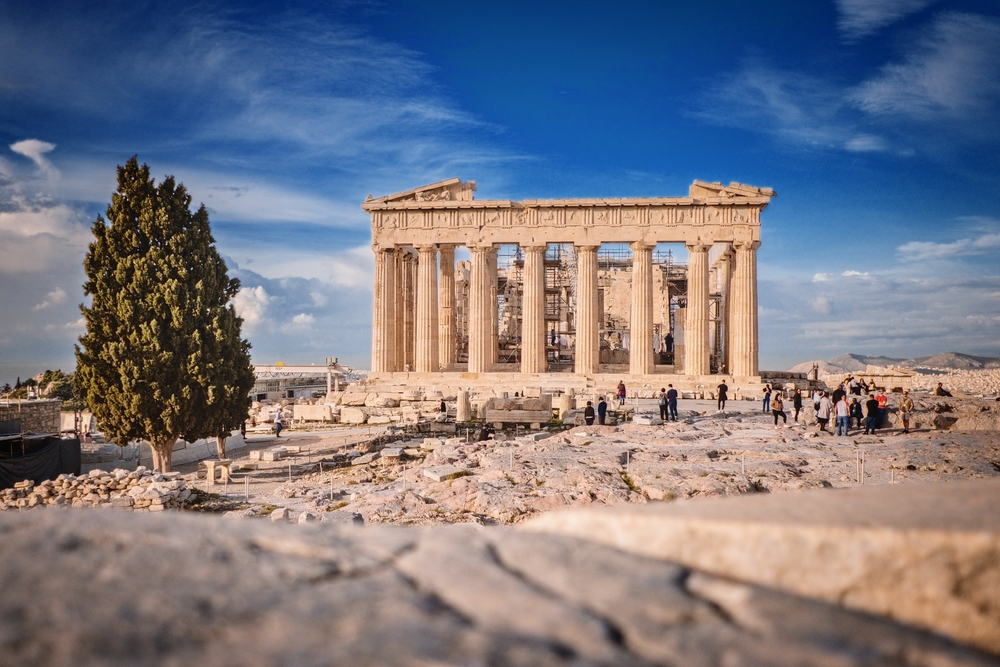
The Acropolis of Athens is a symbol of ancient Greek civilization and democracy. Perched above the city, this historic site houses several ancient structures, the most famous being the Parthenon. The Parthenon, dedicated to the goddess Athena, was constructed between 447 and 438 BC and remains one of the greatest architectural achievements of ancient Greece. The Acropolis also includes the Temple of Athena Nike, the Erechtheion, and the Propylaea, each contributing to the site’s historical significance.
A visit to the Acropolis offers a chance to explore the roots of Western culture. The site has played a central role in the development of philosophy, art, and political thought, making it a must-see for anyone interested in the history of the Western world. As you stand atop the Acropolis, the view of Athens below and the surrounding landscape only adds to the feeling of awe, connecting you to a civilization that laid the foundation for much of modern culture.
Palace of Versailles – Versailles, France
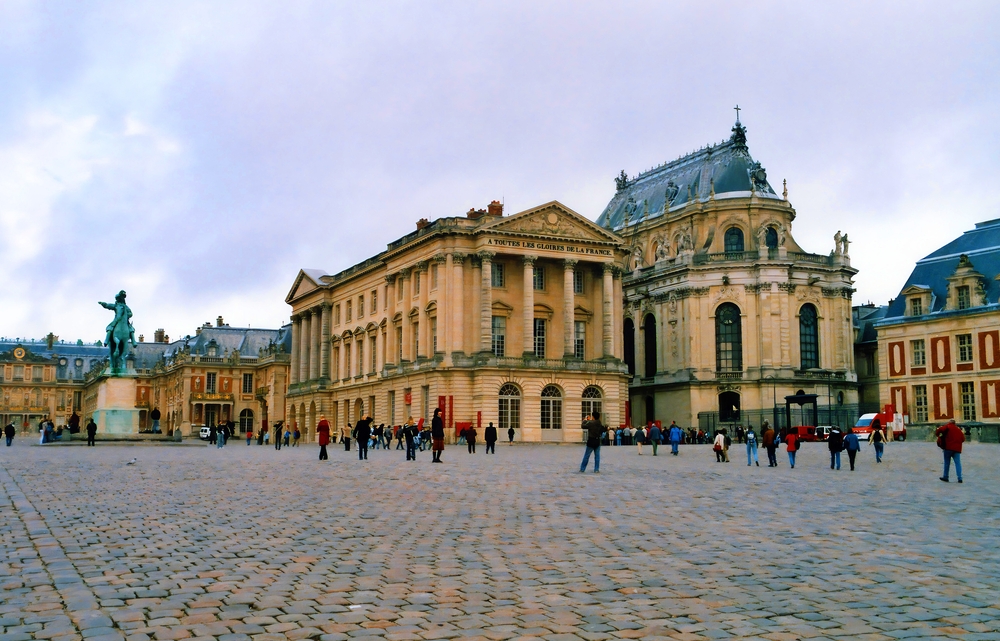
The Palace of Versailles is a magnificent example of French Baroque architecture and a symbol of the absolute power of French kings. Originally a hunting lodge for Louis XIII, it was transformed by his son, Louis XIV, into a lavish palace and center of political power. The grandeur of the palace is matched only by the beauty of its gardens, which were designed by the renowned landscape architect André Le Nôtre. The Hall of Mirrors, where the Treaty of Versailles was signed, is one of the most iconic rooms in the palace.
The Palace of Versailles represents the height of royal opulence and French political history. Walking through its gilded halls and stunning gardens, visitors are transported to a time when France was a leading cultural and political force in Europe. The palace is a living history book, offering insight into the lifestyle of the French monarchy and its influence on European affairs. It is a must-visit for those interested in royal history and architectural splendor.
Sagrada Familia – Barcelona, Spain
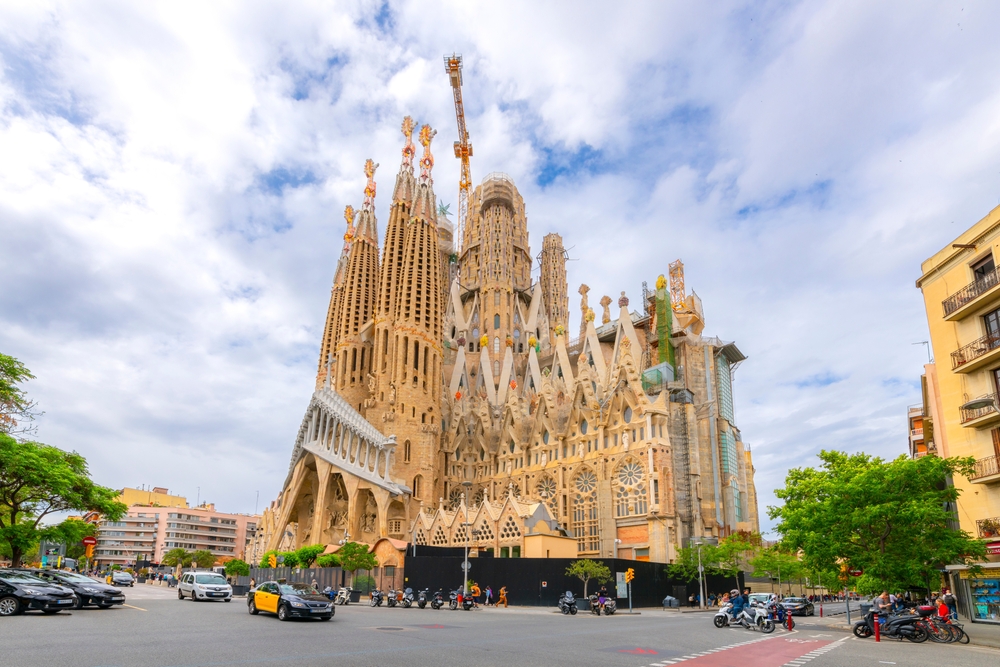
Antoni Gaudí’s Sagrada Familia is an extraordinary masterpiece of modernist architecture that blends Gothic and curvilinear art. Construction of this basilica began in 1882 and continues to this day, making it one of the longest-running architectural projects in history. The church is known for its intricate facades, detailed sculptures, and towering spires, which are said to represent the divine. Once completed, it will stand as one of the tallest churches in the world.
The Sagrada Familia is not only a religious site but also a symbol of Gaudí’s genius. Each of its elements was designed with deep religious symbolism and a unique artistic vision. Visitors are struck by the way light filters through the stained-glass windows, casting vibrant colors on the interior. A visit to this awe-inspiring structure offers a unique look at the intersection of art, religion, and architecture in a site that continues to evolve.
Brandenburg Gate – Berlin, Germany
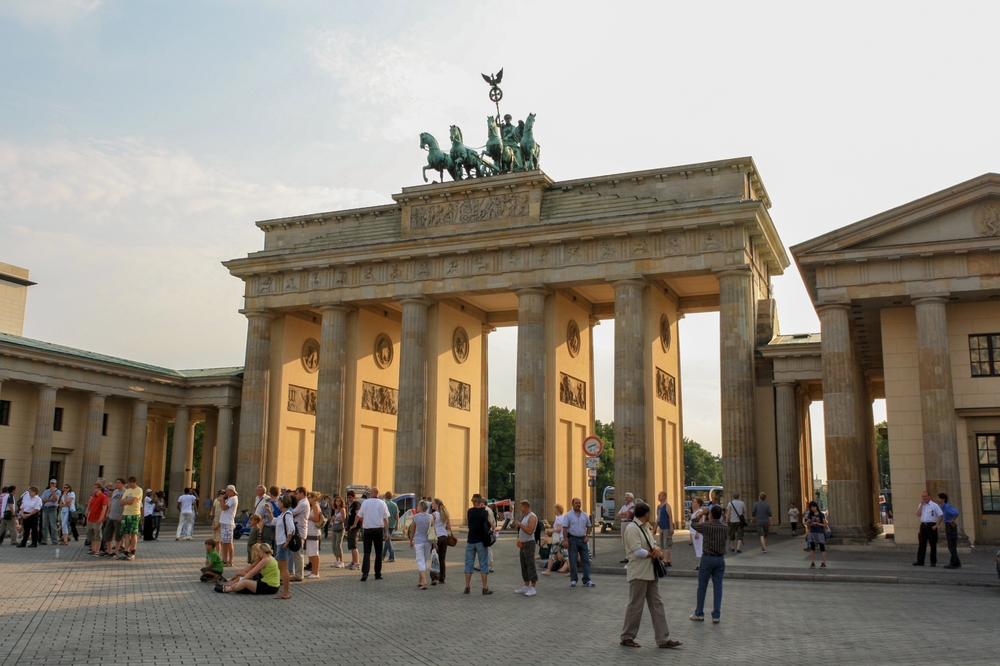
The Brandenburg Gate stands as a symbol of Germany’s tumultuous history and reunification. Built in the 18th century as a neoclassical triumphal arch, the gate once marked the entry to the city of Berlin. After the construction of the Berlin Wall, it became a symbol of division between East and West Germany. However, after the fall of the Berlin Wall in 1989, the Brandenburg Gate became a powerful symbol of German unity.
Visiting the Brandenburg Gate today offers a chance to reflect on Germany’s journey through war, division, and reunification. It is located in the heart of Berlin, near other important landmarks like the Reichstag and the Holocaust Memorial. The gate itself is a reminder of the resilience of the German people and the power of hope and reconciliation in overcoming division.
Alhambra – Granada, Spain
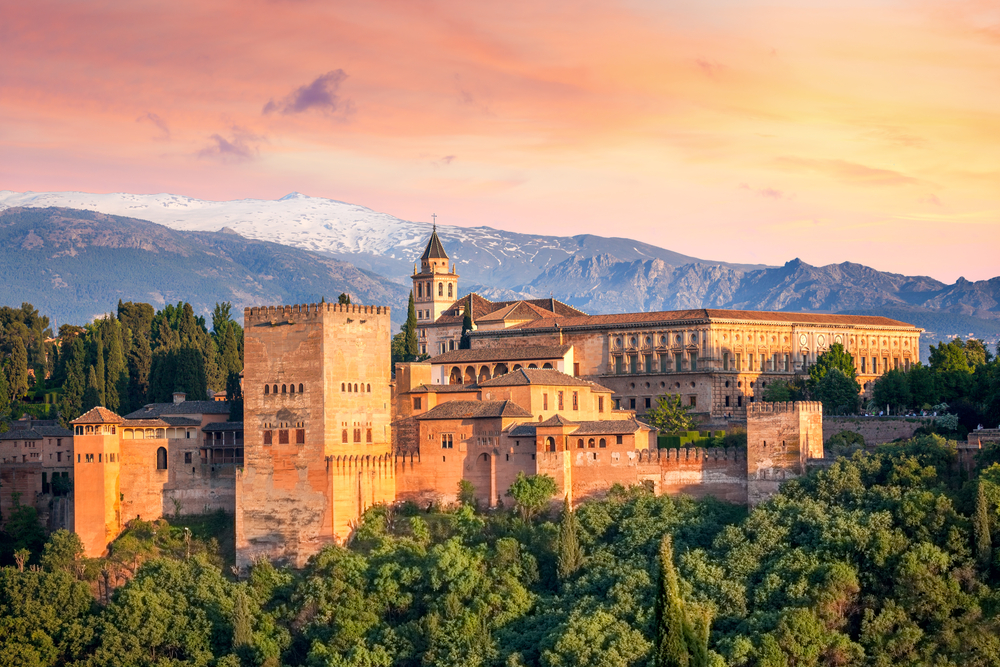
The Alhambra is a stunning example of Islamic architecture and one of Spain’s most important cultural landmarks. Built during the 13th and 14th centuries, this palace complex in Granada was the residence of the Nasrid rulers. Its intricate Islamic art, stunning courtyards, and beautiful gardens make it a place of immense cultural and historical value. The Alhambra is particularly known for its detailed carvings, delicate arches, and reflective pools that create a sense of serenity and beauty.
Walking through the Alhambra is like stepping into a fairy tale. The delicate interplay of water, stone, and greenery creates a peaceful atmosphere that highlights the genius of its creators. The Alhambra also serves as a reminder of the period of Muslim rule in Spain and the lasting cultural impact that period had on the country’s art, architecture, and history.
Neuschwanstein Castle – Bavaria, Germany
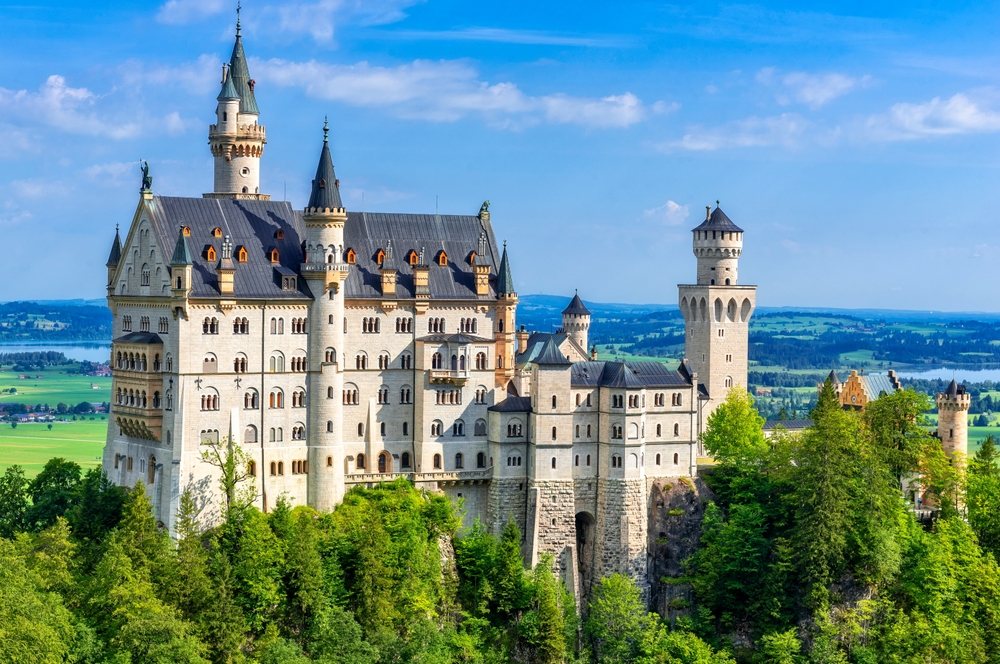
Neuschwanstein Castle is one of the most famous castles in Europe, known for its fairy-tale appearance. Located in the Bavarian Alps, the castle was commissioned by King Ludwig II of Bavaria in the 19th century. It was inspired by the romantic medieval castles in Wagner’s operas, and its dramatic location atop a hill adds to its mystique. The castle’s architecture blends Romanesque, Gothic, and Renaissance styles, creating a unique aesthetic that has captivated visitors for generations.
The castle’s story is equally enchanting. King Ludwig II, known for his eccentricities, built the castle as a personal retreat. Though it was never fully completed, it became an enduring symbol of royal fantasy and has inspired countless visitors and artists. Neuschwanstein Castle continues to draw people from around the world who seek to experience its beauty and history.
Buckingham Palace – London, England
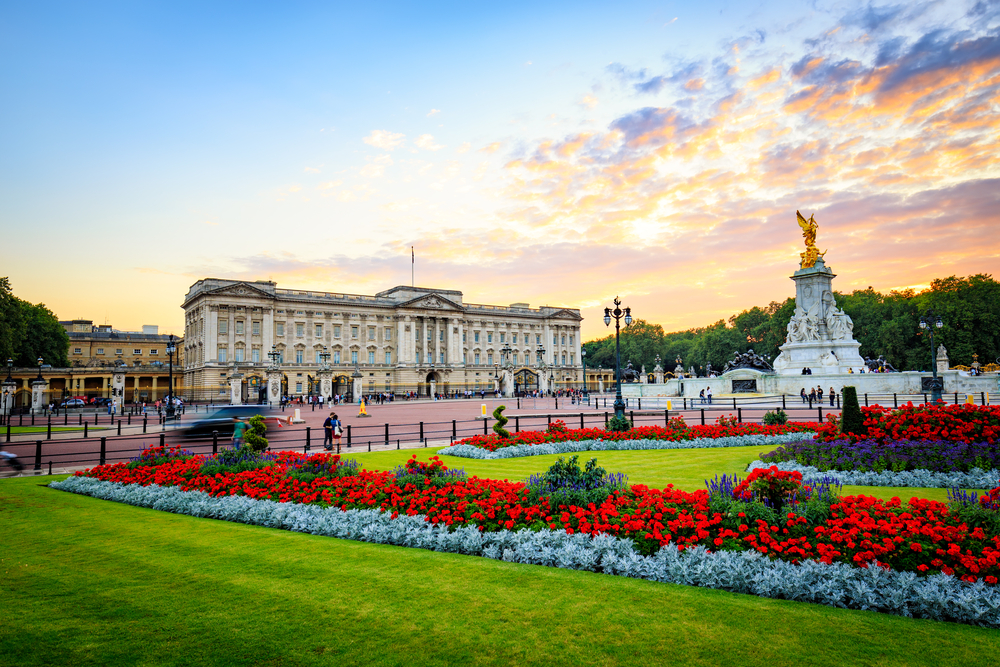
Buckingham Palace is the official residence of the British monarch and a symbol of British royal history. The palace was originally built in 1703 for the Duke of Buckingham and became the royal residence in 1837 when Queen Victoria ascended to the throne. Today, it is one of the most visited and iconic landmarks in London, attracting millions of tourists each year.
Visitors can admire the Changing of the Guard ceremony and explore the palace’s surrounding gardens. Buckingham Palace is a hub of political and cultural events in the UK, hosting state occasions and royal celebrations. It remains a powerful symbol of the British monarchy, with its rich history and cultural significance making it a must-see for anyone interested in British heritage.
The Roman Baths – Bath, England
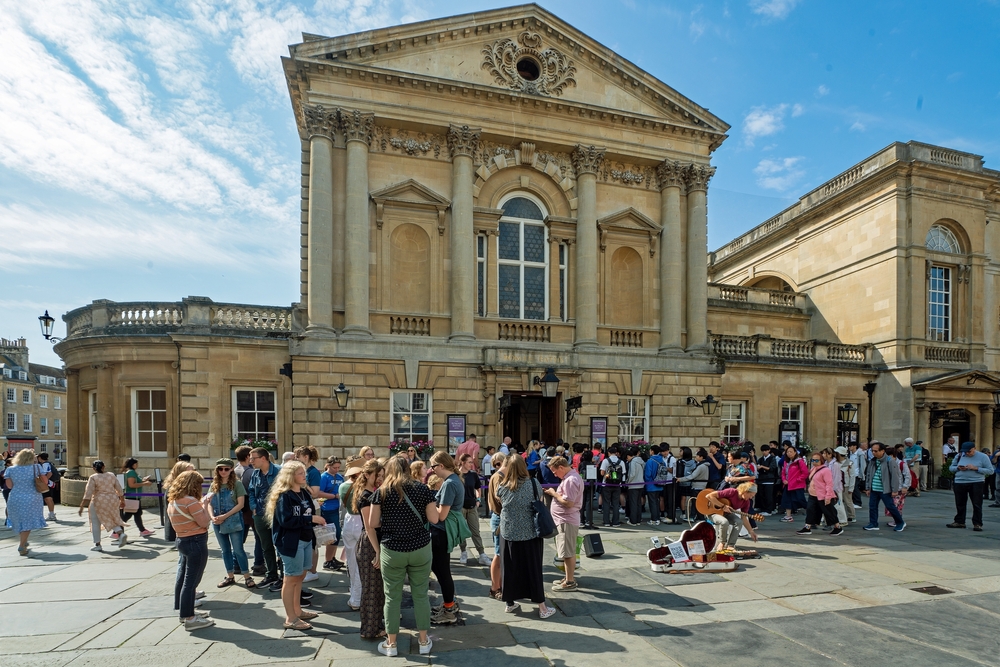
The Roman Baths in Bath, England, offer a fascinating glimpse into life during Roman Britain. The complex includes well-preserved ruins of a bathhouse, hot springs, and a temple dedicated to the goddess Sulis Minerva. The baths were once a center of public life, where Romans would come to bathe, socialize, and seek healing from the natural hot springs. Today, the site includes an impressive museum showcasing ancient artifacts and a chance to walk through the remains of this once-thriving cultural center.
Visiting the Roman Baths provides an immersive look into the daily life of the Romans who lived in Britain nearly 2,000 years ago. The warm, mineral-rich waters continue to flow in the same manner they did in Roman times, adding to the magic of the place. A visit here allows you to connect with the ancient past while enjoying the picturesque city of Bath, known for its Georgian architecture and rich history.
Cinque Terre – Liguria, Italy
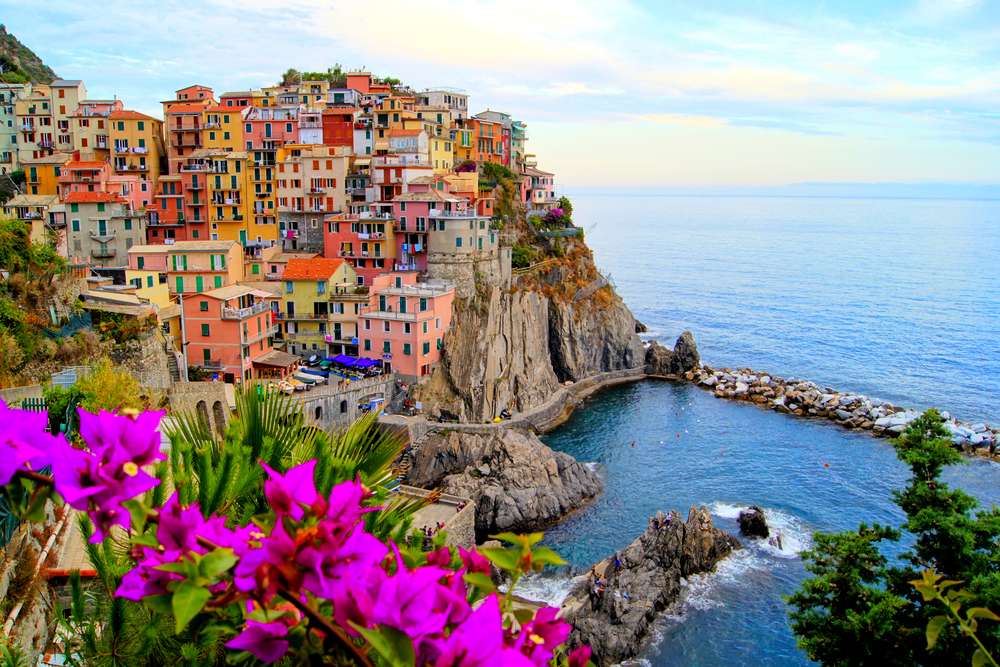
Cinque Terre is a stunning coastal region on the Italian Riviera, comprising five charming villages perched on cliffs overlooking the Mediterranean. This UNESCO World Heritage site is known for its colorful houses, rugged coastline, and terraced vineyards. The villages, including Vernazza, Manarola, and Corniglia, are connected by hiking trails that offer breathtaking views of the sea and surrounding hills.
Cinque Terre offers a unique blend of natural beauty and historical significance. The villages, which date back to the Middle Ages, have maintained their historic charm, with narrow streets, ancient churches, and traditional fishing boats lining the shore. A visit to Cinque Terre provides a chance to experience the timeless beauty of Italy’s coast while immersing yourself in the history of its small, resilient communities.
Hadrian’s Wall – Northern England
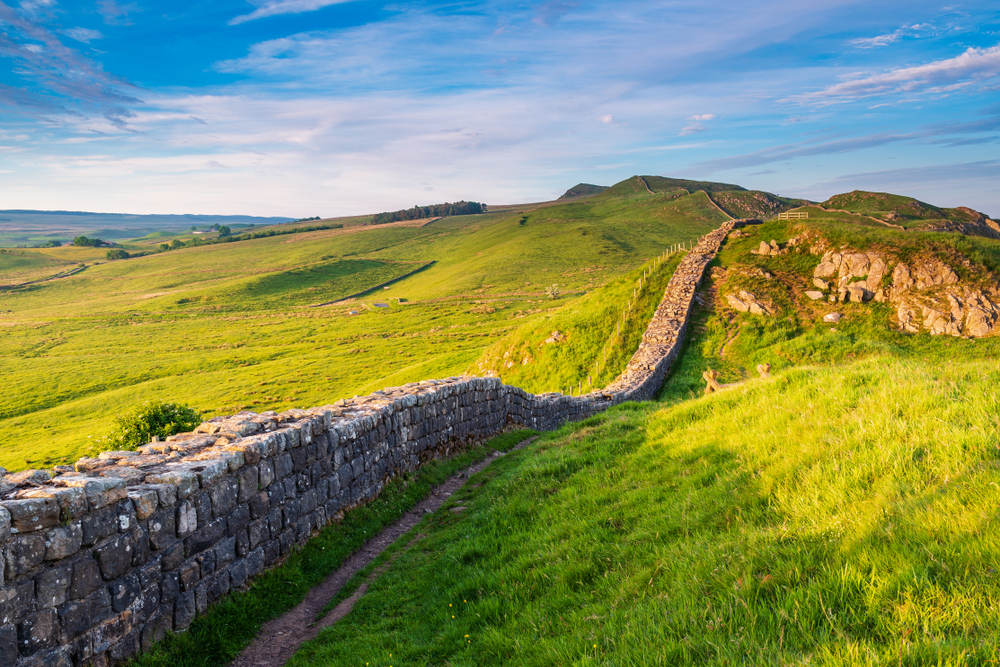
Hadrian’s Wall is a UNESCO World Heritage site that marks the northern frontier of the Roman Empire in Britain. Stretching across northern England from the Irish Sea to the North Sea, the wall was built in the 2nd century AD during the reign of Emperor Hadrian. The wall was designed to keep out invading forces from Scotland and remains an enduring symbol of Roman military might.
Today, parts of Hadrian’s Wall can still be seen along its original route, offering visitors a chance to explore the remnants of forts, milecastles, and watchtowers that once protected the Roman Empire. A visit to the wall provides insight into Roman life in Britain and the strategic importance of this ancient border. It is a fascinating historical landmark for anyone interested in Roman history and military architecture.
Charles Bridge – Prague, Czech Republic
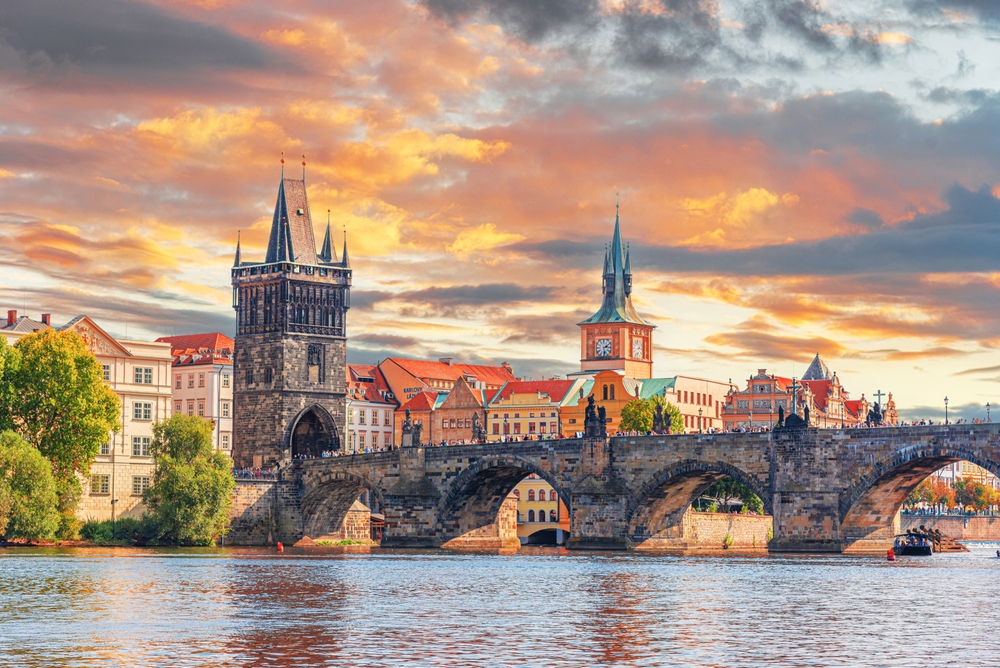
The Charles Bridge in Prague is a stunning example of medieval architecture and a historical icon of the city. Built in the 14th century by Emperor Charles IV, the bridge spans the Vltava River and is lined with statues of saints. The bridge connects the Old Town with Prague Castle and is one of the most visited sites in the Czech Republic. It offers a beautiful view of Prague’s skyline and is a favorite spot for both tourists and locals.
The Charles Bridge holds significant historical value as a central point of trade and communication in medieval Prague. It was constructed using sandstone and adorned with baroque statues, which still stand today. Walking across the bridge gives visitors a sense of the city’s past, offering a connection to the ancient roots of one of Europe’s most beautiful cities.
This article originally appeared on Avocadu.
